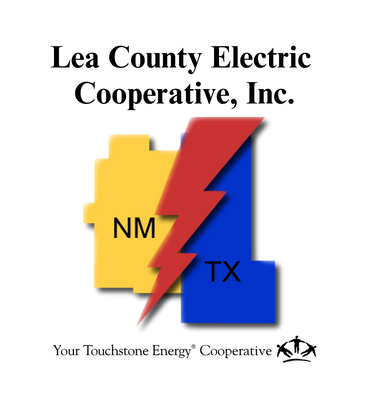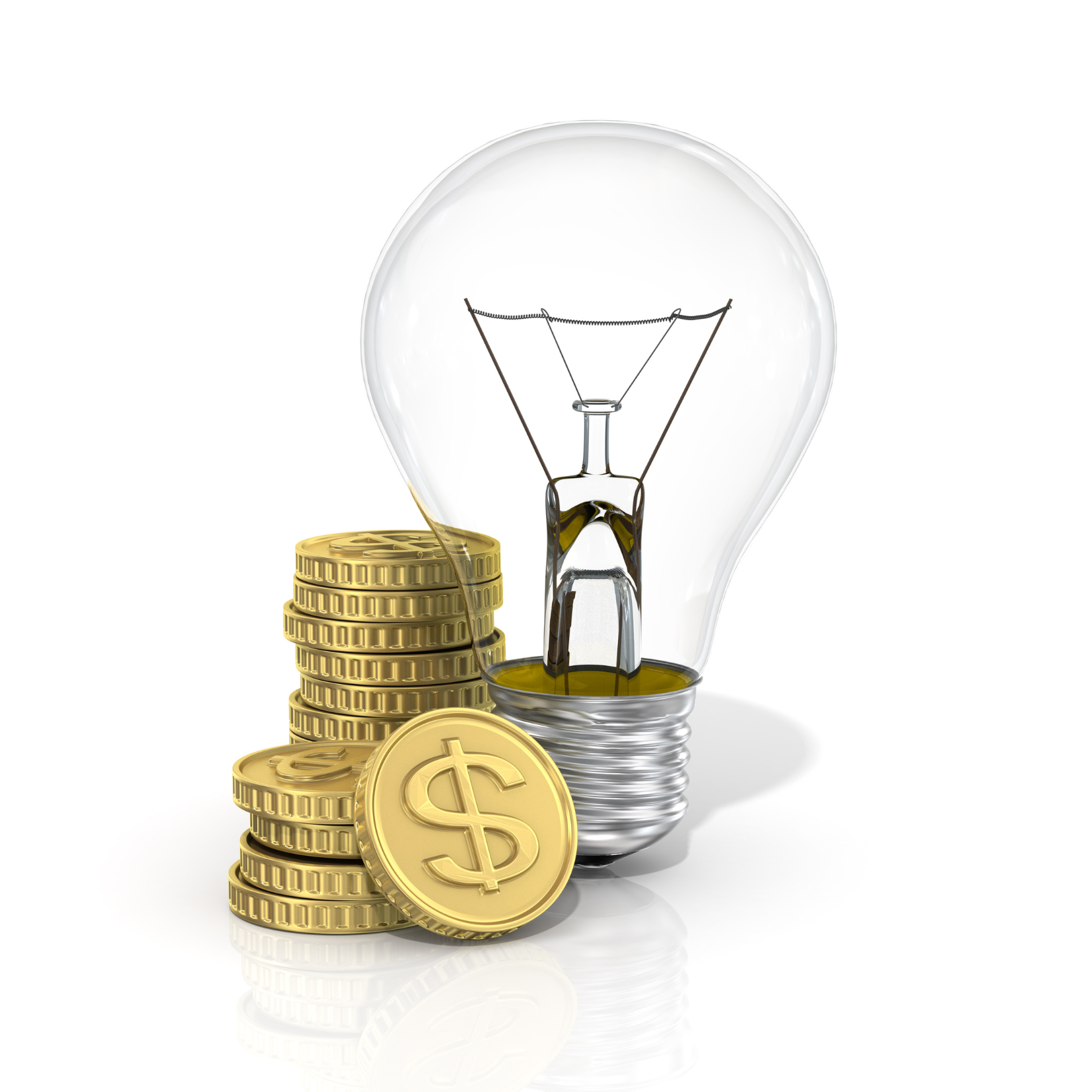Quick Facts...
-
The average house uses 38 percent of its total annual energy use on heating.
-
When a house is occupied, the thermostat should be set at 65 to 68 degrees F for heating and 78 to 82 degrees cooling for maximum energy efficiency.
-
Install a central air conditioning system only when whole house air conditioning is needed.
-
A sun tempered super-insulated home uses passive solar design concepts with super-insulation construction techniques.
-
Replace aging appliances with newer energy efficient models.
When comparing an average house to an energy efficient house, it's possible to reduce annual energy bills up to 40 percent. Prudent homeowners should consider developing an energy conservation plan for their home. This is both an environmentally friendly and economically sound action.
In developing an energy conservation plan for your home, use the following approach: identify the problem areas where energy is being lost or inefficiently used; prioritize the problem areas according to how much energy is being lost or inefficiently used; and systematically correct the prioritized problems according to the limits of your household energy improvement budget. The average house uses energy for the following tasks (with percent of annual energy use noted).
-
Heating/Cooling - 38 percent
-
Hot Water - 19 percent
-
Major Appliances - 21 percent
-
Other Appliances - 15 percent
-
Lighting - 7 percent
As you develop your home energy conservation plan, the first task is to identify problem areas. The above list of household energy uses suggests a place to start - the higher energy uses (i.e., heating & cooling) have the greatest potential for savings. Review the energy conservation measures checklist below to identify problem areas in your home.
The checklist describes energy conserving measures according to energy use tasks. Under each task is a list of energy-conserving actions prioritized by their cost-effectiveness. Review the items on the list and compare them to the present situation in your home. You may already be implementing some of these measures, so use the items below to help you identify other strategies to develop your energy saving plan further.
For a self-energy audit click here.

